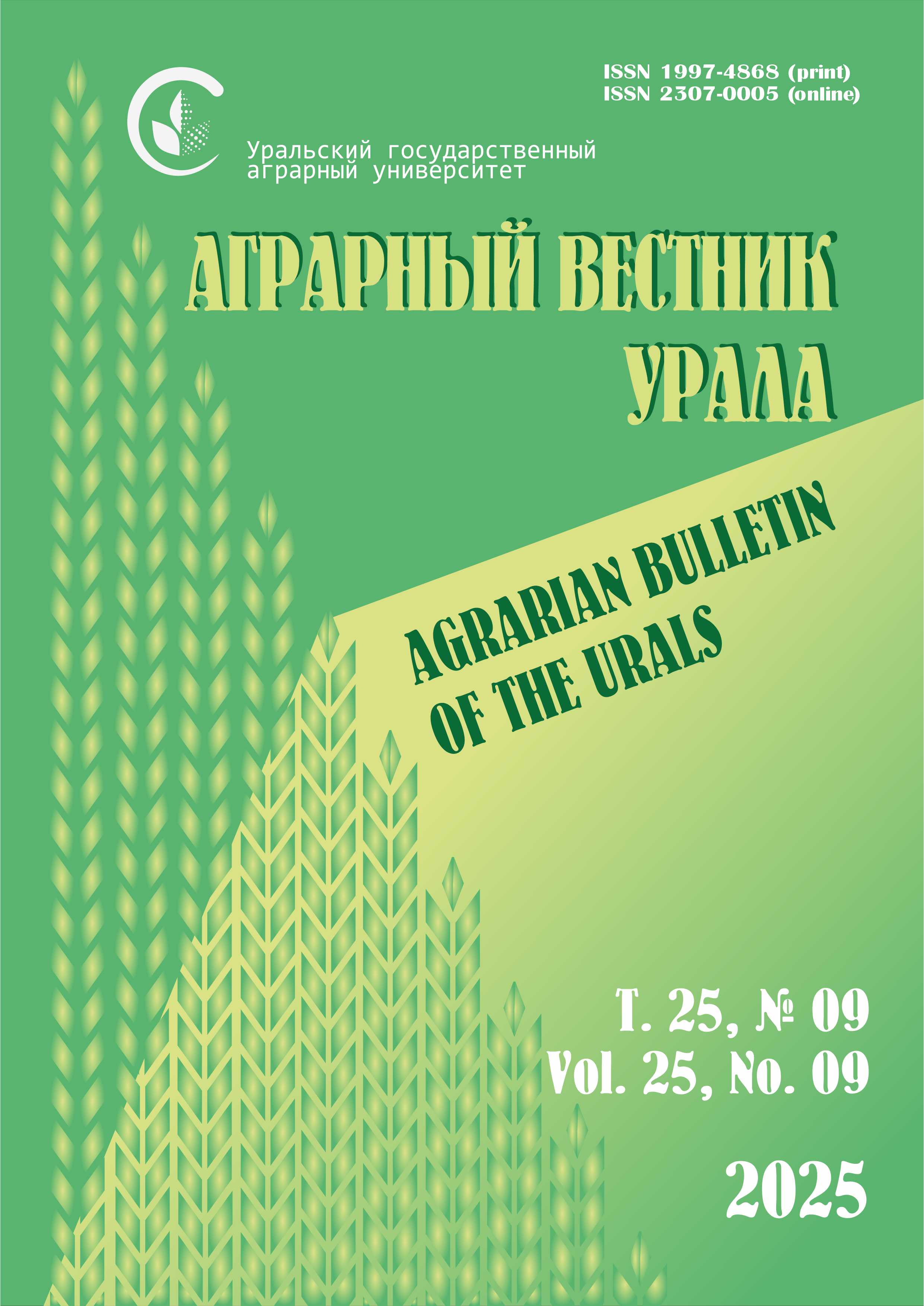Authors:
S. А. Pashayan,
K. A. Sidorova,
M. V. Kalashnikova
State Agrarian University of the Northern Trans-Urals, Tyumen, Russia
E-mail: This email address is being protected from spambots. You need JavaScript enabled to view it.
Abstract. Nosema is an infectious disease caused by the microsporidia Nosema cerana and Nosema apis. Adult bees get sick, as a result of which the family weakens and dies. Spores of N. cerana and N. apis, when infecting bees, penetrate into the middle section of the intestine, where the development of vegetative forms of pathogens occurs. The latter predominate in the epithelial cells of the mucous membrane of this part of the intestine and feed on their protoplasm. As a result, epithelial cells die off, as a result of which the intestine loses its functional activity, leading to the weariness of the bees. Families with nosematosis weaken, lose viability, and eventually die. Therefore, the development of measures to combat nosematosis is relevant. The purpose of the study was to study the spread of nosematosis in bees in the conditions of the Northern Trans-Urals and the development of therapeutic and preventive measures. To achieve this goal, the following tasks were set: determine the epizootological state of apiaries located in different natural and climatic zones in the south of the Tyumen region; to establish the effectiveness of therapeutic and preventive measures against nosematosis using herbal remedies. Methods. The work was carried out in the apiaries of the Tyumen region and in the IBiVM laboratory. In order to create an epizootic state of apiaries, bees were sampled in the apiaries of the southern taiga, subtaiga and forest-steppe climatic zones of the Northern Trans-Urals. Adult bees were selected for the study (in the amount of at least 10 % of the total number of bee colonies in each apiary). Experimental work was carried out in accordance with the “Methodological guidelines for setting up experiments in beekeeping” and “Methods for conducting research work in beekeeping”. Results. The data obtained characterize the high degree of infection with nosematosis of bees living in the northern regions. As a result of the research carried out in the laboratory of the State Agrarian University of the Northern Trans-Urals, phytopreparations have been developed, consisting of the flowers of medicinal plants (Achilléa millefólium and Tussilágo) with the juice of Állium satívum. These ingredients help to increase the resistance of families, increasing their viability and resistance to nosematosis. The scientific novelty of the work lies in the fact that in the conditions of the Northern Trans-Urals, an analysis of the epizootic state of apiaries was carried out, depending on their location in natural and climatic zones.
Keywords: nosematosis of bees, feed additives, infusion of flowers of medicinal plants, garlic juice.
For citation: Pashayan S. А., Sidorova K. A., Kalashnikova M. V. Rasprostraneniye, diagnostika i profilaktika nozematoza pchel [Distribution, diagnosis and prevention of nosematosis in bees] // Agrarian Bulletin of the Urals. 2023. Vol. 23, No. 11. Pp. 65‒74. DOI: 10.32417/1997-4868-2023-23-11-65-74. (In Russian.)
Download the full text of the article












